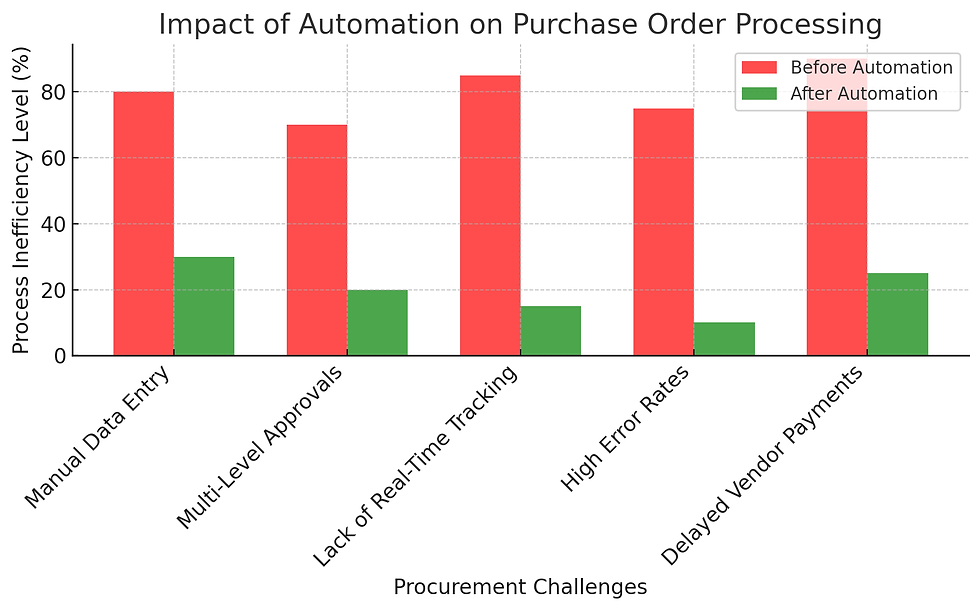Leading Through Change: How to Build & Scale a High-Performing Operations Team
- Sandie Tirado

- Feb 27
- 2 min read

Leading an operations team through change requires a mix of strategic planning, strong leadership, and a culture that prioritizes accountability and efficiency. Through my experience in building and managing operations teams, I’ve navigated rapid growth and evolving business needs while fostering high performance, delivering value, and driving innovation. Here are key lessons learned from this journey.
Tip #1 - Define Your Vision & Align on Goals
Scaling an operations team starts with a clear vision. What does success look like? How does your team contribute to broader business objectives?
Action Steps:
- Establish a shared mission that connects the team’s work to organizational goals.
- Develop measurable KPIs that track efficiency, accuracy, and impact.
- Communicate the vision regularly to ensure alignment.
Tip #2 - Hire & Develop the Right Talent
A high-performing team is built on the right people. Beyond technical skills, seek professionals who demonstrate adaptability, problem-solving, and a growth mindset.
Action Steps:
- Hire for both technical acumen and cultural fit.
- Invest in continuous learning through upskilling programs and cross-functional training.
- Empower team members with career progression opportunities to drive engagement.
Tip #3 - Create a Culture of Accountability
Accountability ensures that expectations are clear, responsibilities are owned, and results are delivered.
Action Steps:
- Set clear roles and responsibilities within the team.
- Implement structured reporting and regular check-ins.
- Foster a feedback-rich environment where constructive discussions drive performance improvement.
Tip #4 - Optimize Processes for Scalability
Efficiency is the backbone of a strong operations function. Streamlining workflows, automating manual tasks, and leveraging technology improve accuracy and scalability.
Action Steps:
- Identify bottlenecks and inefficiencies in current processes.
- Implement automation tools to reduce manual errors and enhance productivity.
- Standardize workflows to ensure consistency as the team grows.
Tip #5 - Enhance Cross-Functional Collaboration
Operations teams don’t operate in a vacuum. Strong partnerships with procurement, accounting, and other business units drive alignment and efficiency.
Action Steps:
- Establish regular touchpoints with key stakeholders to ensure transparency.
- Develop cross-team SLAs for seamless collaboration.
- Encourage knowledge sharing to break down silos and improve decision-making.
Tip #6 - Leverage Data-Driven Decision-Making
Data is a powerful tool for optimizing business operations and identifying opportunities for improvement.
Action Steps:
- Develop dashboards that provide real-time insights into operational performance.
- Use analytics to track trends and make proactive adjustments.
- Implement a continuous improvement mindset, leveraging data for process enhancements.
Tip #7 - Lead with Adaptability & Resilience
Change is inevitable, whether from business shifts, regulatory updates, or market disruptions. A resilient operations team can navigate uncertainty while maintaining performance.
Action Steps:
- Develop contingency plans for critical operations.
- Encourage adaptability by fostering a culture of innovation.
- Provide leadership that balances stability with agility in decision-making.
Conclusion
Building and scaling a high-performing operations team requires intentional leadership, strategic process improvements, and a commitment to accountability. My journey has reinforced the importance of aligning on goals, investing in talent, and continuously optimizing for efficiency. By embracing these principles, operations leaders can successfully lead their teams through change and drive long-term business success.



Comments